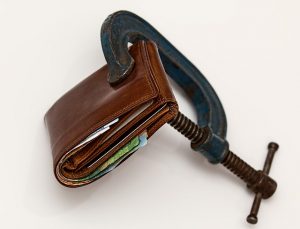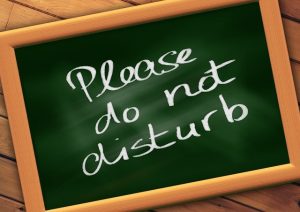 The Affordable Care Act, also known as Obamacare, mandates that most Americans purchase health insurance. Because the coverage can be expensive, some families and individuals choose to join a medical cost sharing group. Discover the benefits and risks of this type of service before you sign up.
The Affordable Care Act, also known as Obamacare, mandates that most Americans purchase health insurance. Because the coverage can be expensive, some families and individuals choose to join a medical cost sharing group. Discover the benefits and risks of this type of service before you sign up.
How Does Medical Cost Sharing Work?
Purchase a regular health insurance policy, and essentially the premiums you pay are used by everyone who’s insured with the same company. You pay the same premiums as everyone else whether you need frequent medical treatment or not. In this arrangement, someone who follows an unhealthy lifestyle receives more benefits that someone who doesn’t smoke, drink, do illegal drugs or engage in other risky behaviors.
Medical cost sharing is similar to regular health insurance. A group of people join together to share each other’s healthcare costs. The group could be united by shared religious beliefs, geographic location, lifestyle choices or a desire to save money. One big difference is that members of a medical cost sharing group abstain from unhealthy behaviors. Their decision to abstain from tobacco, alcohol, illegal drugs and risky behaviors keeps costs low and allows the medical cost sharing concept to work.
Every month, members pay the suggested fee that’s deposited into a dedicated account. When a member needs medical treatment, payment is made from the shared account. Instead of supporting strangers, members of the medical cost sharing group band together to take care of each other.
Benefits of Medical Cost Sharing
Because a healthy lifestyle sits at the core of medical cost sharing, most members are in great health. They’re already saving money because they don’t need expensive medications or frequent doctor visits, and the savings grow thanks to the concept of medical cost sharing. Many medical cost sharing programs are also exempt from the Affordable Care Act, which means members will not be fined for not purchasing federal mandated coverage.
Risks of Medical Cost Sharing
While medical cost sharing is affordable, it may be challenging to find a group of people who are committed to health. The idea is often found primarily in religious groups where the members’ beliefs already dictate that they follow a healthy lifestyle. Once you do find a group, it can be difficult to know when someone decides to take up an unhealthy habit or when someone needs to be removed.
Before you purchase health insurance, check into medical cost sharing options. You can also discuss your needs with your insurance agent as you find health insurance coverage for you and your family.














